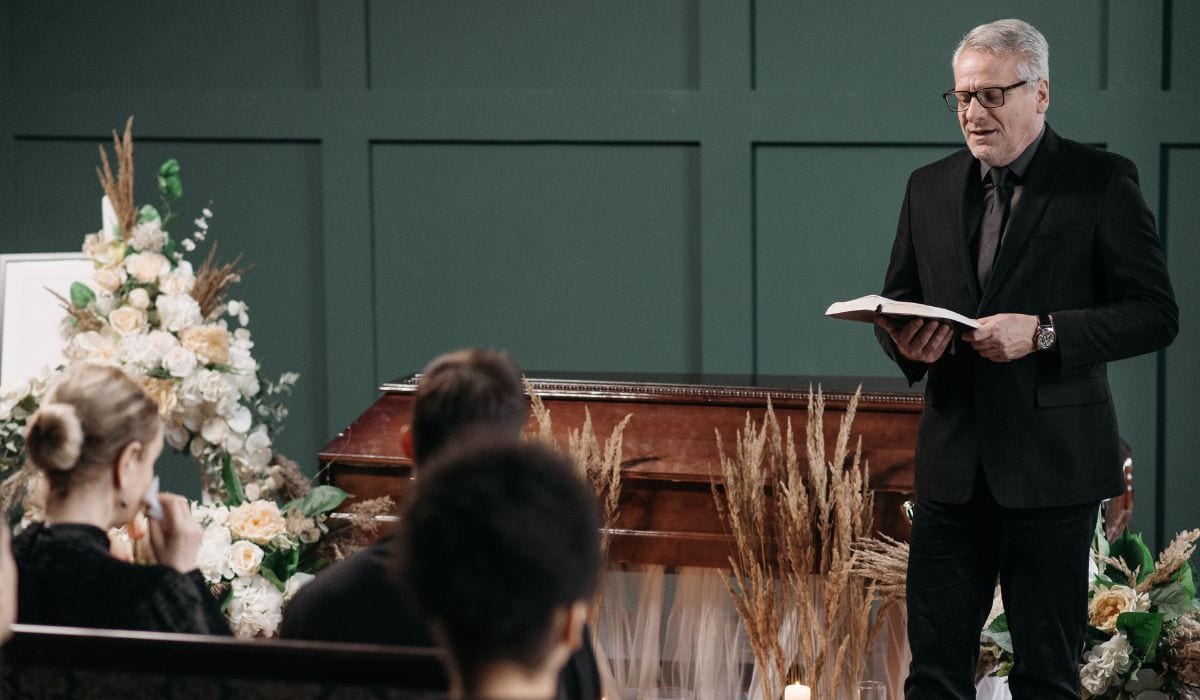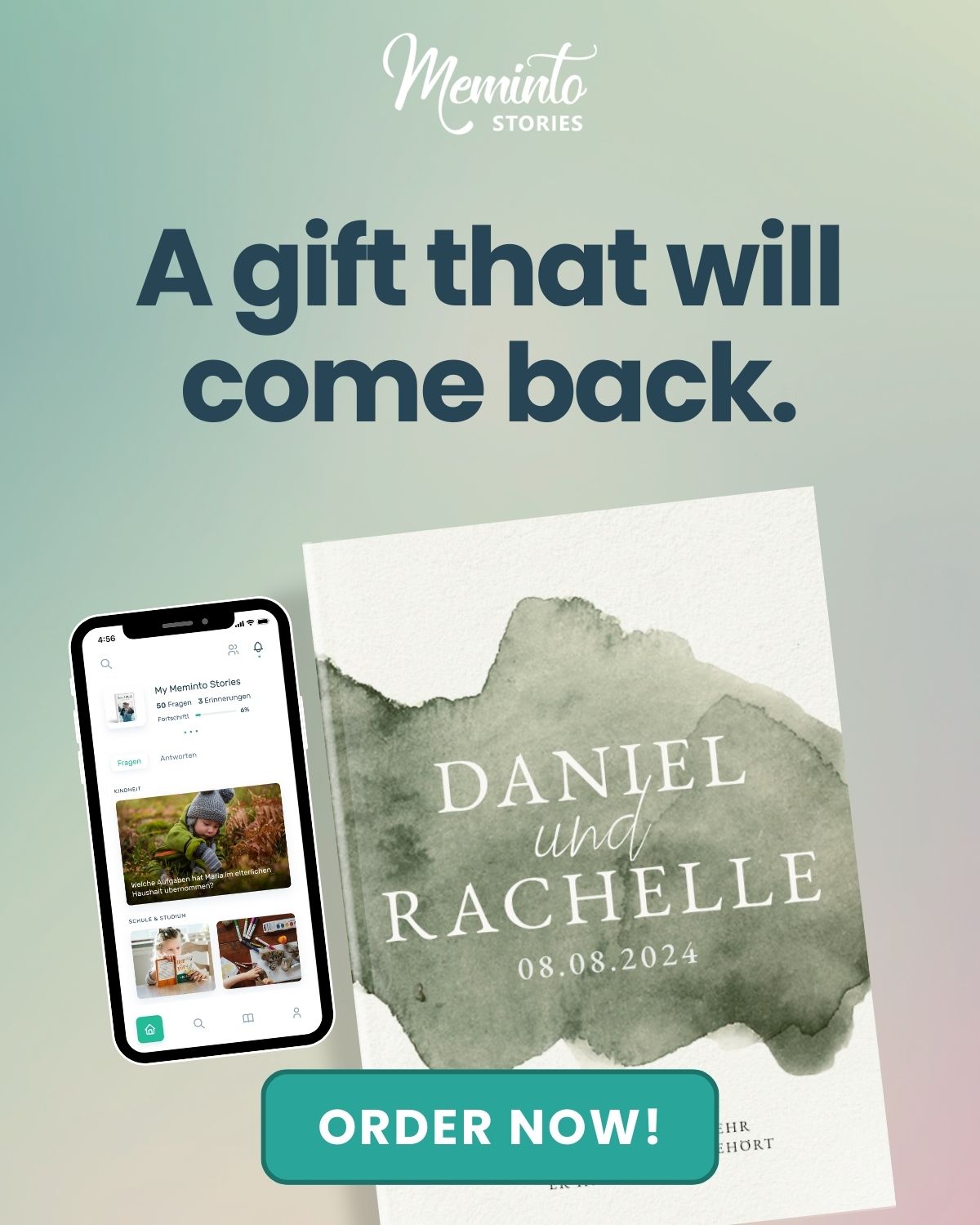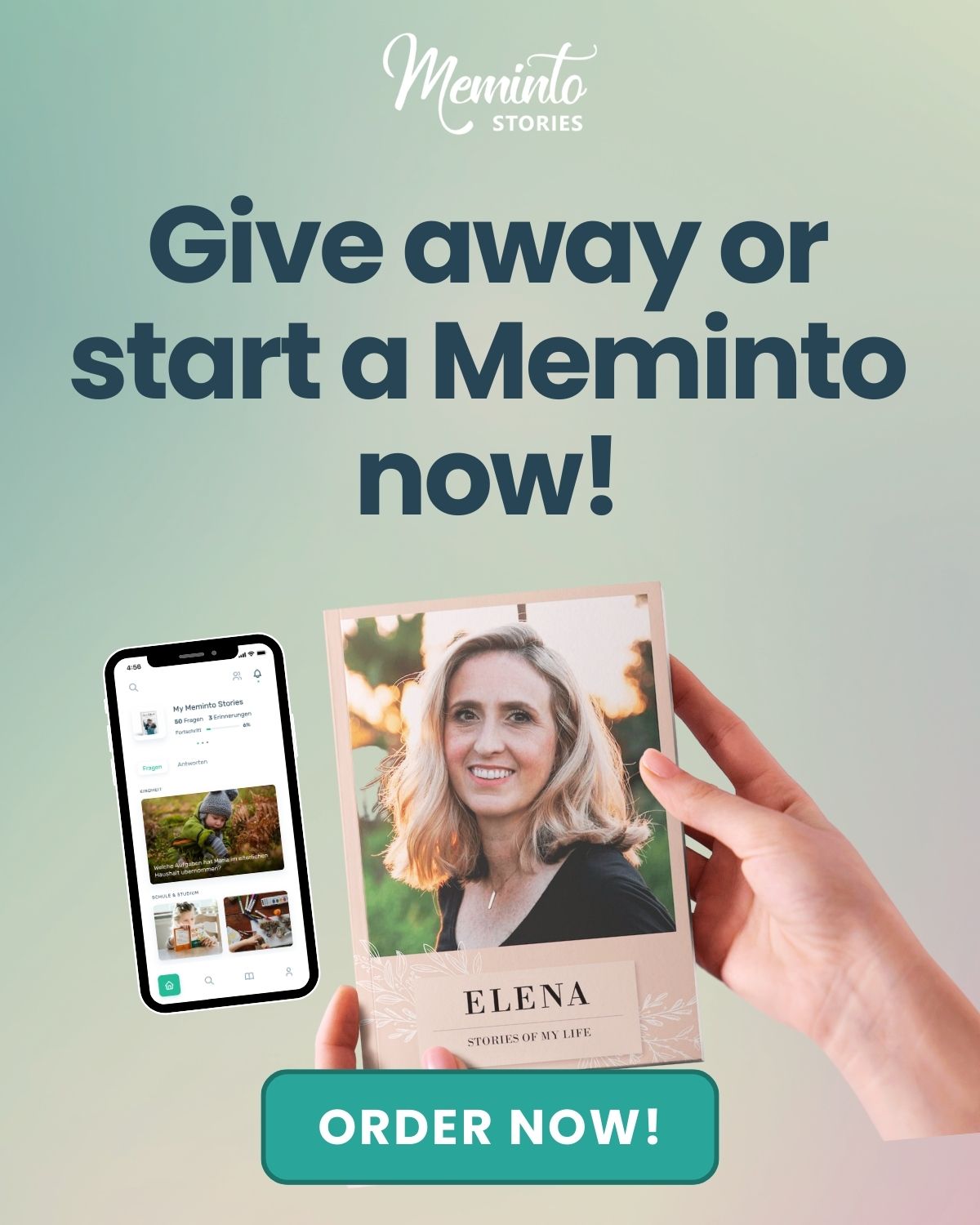Creating a life book for a deceased loved one can be a profound way to honor their memory and cope with grief. In these pages, you can encapsulate the essence of who they were, celebrating their lives through your eyes.
Making a tribute life book is a great way to celebrate someone we love who has passed away. Memories and stories help us remember the good times and keep the person close in our hearts. In the life book, we can put pictures, stories, quotes, and other things that remind us of what made that person unique. We can also invite others to share their memories and create copies of the book so everyone can join the tribute.
This guide aims to provide thoughtful and meaningful ideas to create a lasting tribute that cherishes the unique moments you shared, helping keep their spirit alive in the most personal way.
The rest of this article offers 10 DIY life book ideas for the deceased.
Key Takeaways
- Life book ideas for the deceased include characteristics, favorite things, photographs, and memories, and the best DIY life book for your deceased loved one is the meminto LifeBook
- Share and record memories; write a letter, poem, or song; incorporate the guest book; and ask funeral attendees questions about your loved one.
- Making a tribute life book is a great way to celebrate someone we love who has passed away, preserving their spirit through memories, stories, and photos.
- Meminto is a tool that can create a life book, allowing users to document memories, answer questions, and personalize the book according to their preferences.
DIY Life Book Ideas Your Deceased Loved Ones
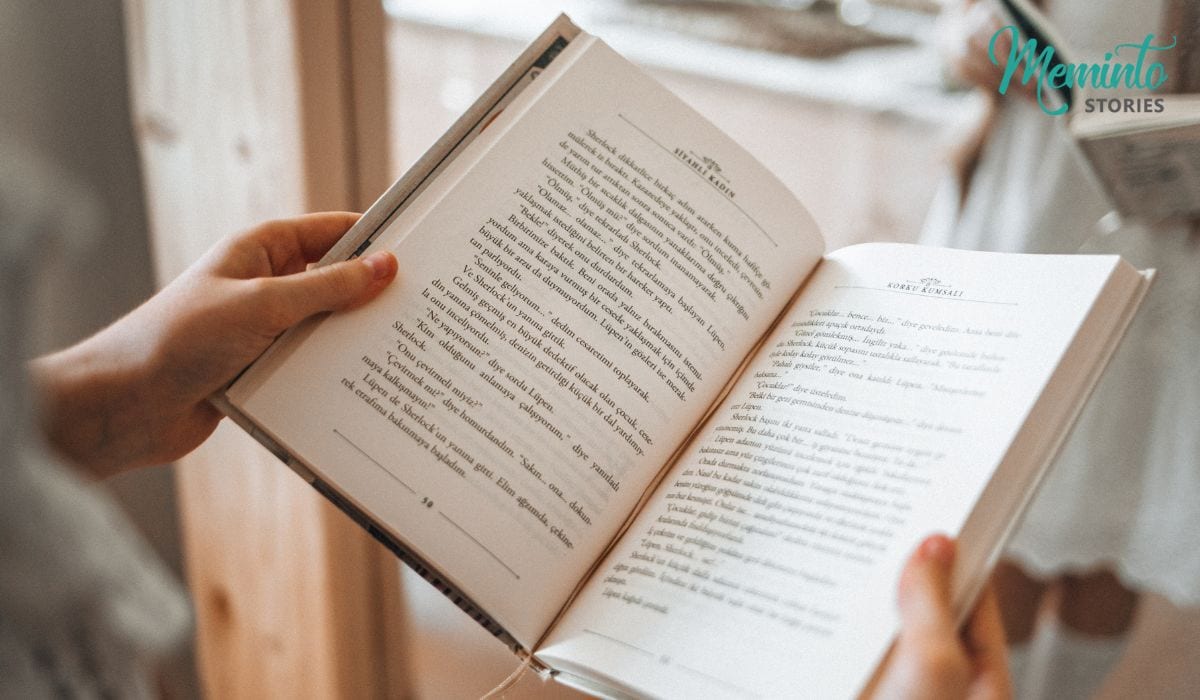
-
Document Their Unique Qualities
Include your loved one’s unique qualities, like skills and interests, and what makes them unique. Add sections or captions to the memory book about their personalities and what people admire about them. It’s also a good idea to mention any significant accomplishments they achieved or if they had a hobby or interest they enjoyed.
-
A Book of Their Favorite Things
If your loved one had something they enjoyed doing, like a hobby, job, or talent, make sure to talk about it in the book! Whether they were an artist, gardener, or dancer, include pictures or examples of what they did. For instance, if your grandpa loved to tell jokes, write down some of his jokes and add images to go with them. You could also include artwork others have made of your loved one, like a funny drawing or a portrait.
You can add those to the book if your loved one has favorite things like artists, musicians, places, or movies. It’s an excellent way to remember the things they liked and the memories they had connected to them. If they were involved in charity work, owned a business, or did anything important, you can also include stuff from those activities.
-
A Collage of Their Photographs
Fill the memory book with photos that capture the special moments of your loved one’s life, from when they were a child to when they grew up. Include pictures from their school days, birthdays, weddings, and any other happy occasions they celebrated.
Look through old family photo boxes or browse their digital photo collection on an iPad. The key is to use the photos to spark memories and stories. Sometimes, picking a random photo can bring tears or laughter, stirring emotions. Choose the images that evoke the most substantial feelings to include in your book.
Pick a few formal portraits for some pages, but focus mainly on candid shots and pictures that show your loved one’s personality. Remember, the goal of this tribute book is to keep their spirit alive, so choose photos that do just that!
-
A Collection of Their Most Exciting Memories
You can recall some special times you shared with your loved one by asking the right questions.
It’s essential to write down these memories along with the photos. This way, you preserve the stories behind each memory, capturing all the details. It helps keep those moments alive for future readers to enjoy.
-
Share and record memories.
Now, it’s time to write down and record memories of your loved one. Please share your own stories and ask others to share theirs, too. You can do this through writing, like emails or letters, or by making digital recordings that can be transcribed later.
Recording stories is beneficial for older family members who might be uncomfortable with technology, but anyone can use this method to share their perspective.
Using a tool like Memintotexts, voice memos, or videos, you can access these memories through a QR code when you add them to the life book!
-
Write them a letter, poem, or song.
Throughout history, people have used art to express themselves. While eulogies are common at funerals, other ways exist to honor a loved one.
To remember them, consider writing a letter. You can keep it in a journal, store it in a special box, or even burn it (safely, maybe over the kitchen sink).
Try writing a poem based on their personality or a special memory if you prefer a different strategy. If you’re musical, you could turn your feelings into a song.
Whether you share your creation online or keep it private, creating something with your loved one in mind is a meaningful tribute to their impact on your life.
-
Ask Funeral Attendees Questions About Your Loved One and Document Them
Gather more about your loved one’s life by asking funeral guests to answer questions in the memory book. You could ask for their favorite memory, what they admired most about the person, or how they met. These stories and kind words give a deeper look into your loved one’s life and show how much they were cherished.
8. Life Chronicle or theme-based book
Creating a life chronicle book means recounting the events of your loved one’s life in order, from beginning to end. You can cover their entire life or focus on a specific period.
Alternatively, a theme-based book centers around a critical aspect of the person’s life. The stories and photos in the book revolve around this theme.
How to Create a DIY Life Book for the Deceased
When we write about someone we care about who’s no longer here, it can feel overwhelming. We might worry about how to capture their essence, whether we’ll forget something important, or whether we’re not good writers.
But it’s important to let go of those worries and be yourself. Take a piece of paper and jot down:
- Your favorite memories of time spent together
- What you loved most about them
- Funny things they said or did (it’s okay, even good, to be funny!)
- What you’ll miss the most about them
- How they made you feel
Now that you have all that, you can use Meminto to create a life book to store that information.
- Go to https://meminto.com/product/life-book/, and click “Get Started”

- Pick out who you’re buying the book for with the “I will” or “Someone else will” options.

- Select the number of pages you’d like your book to have and tick if you’d like to get additional or digital copies. Click “Add to Cart” after making your choices.

- Fill out your shipping address, preferred payment method and enter a promo code, if you have one.

- Confirm and track your order on the check out page.

- Check your email for a confirmation message and activation code. Copy the activation code and head to https://memin.to/register

- Fill in your personal info, activation code and password. Then, click “Sign up for Meminto” to start writing your story.

- Please select your preferred language (German or English). Then, select the day you’d like to receive weekly questions and click “Save Changes.”

- Choose between the “The Life Book 60+” and “The Life Book 30+” depending on the age the deceased died.
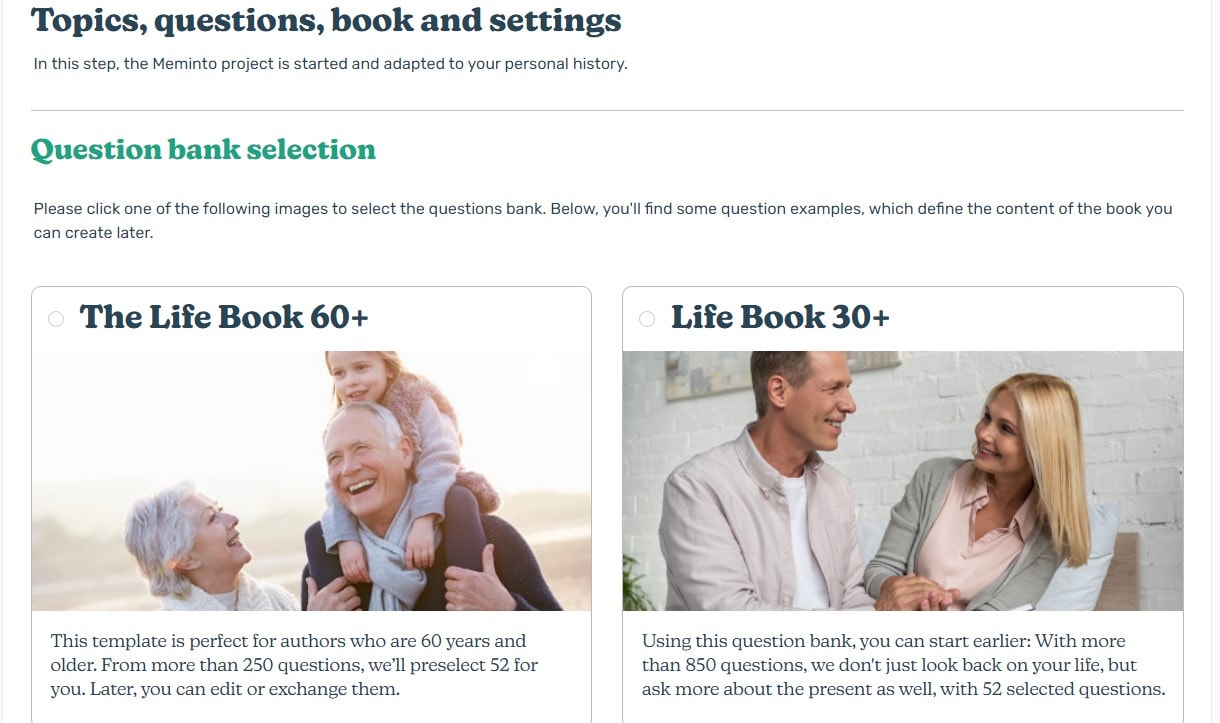
- Choose your book’s typographic alignment and category presentation.

- From here, you can customize the book to meet your needs.

- Watch the video below for more info on how to use the Meminto app.
You are currently viewing a placeholder content from YouTube. To access the actual content, click the button below. Please note that doing so will share data with third-party providers.
Conclusion
Losing someone we care about is tough, but thinking about them can make us feel better during sad times. Tribute memory books are a fantastic way to bring happiness when we miss someone. They’re also an excellent way to gather memories from everyone who knows them.
By sharing memories and ensuring everyone has a copy of the stories, photos, and things that were special to them, we turn something sad into a way for people to connect and share. Memory books keep a person’s memory alive through their loved ones and the stories they share.
If you want to make a tribute memory book with others, check out Newlywords to see if you’d like to do it!

